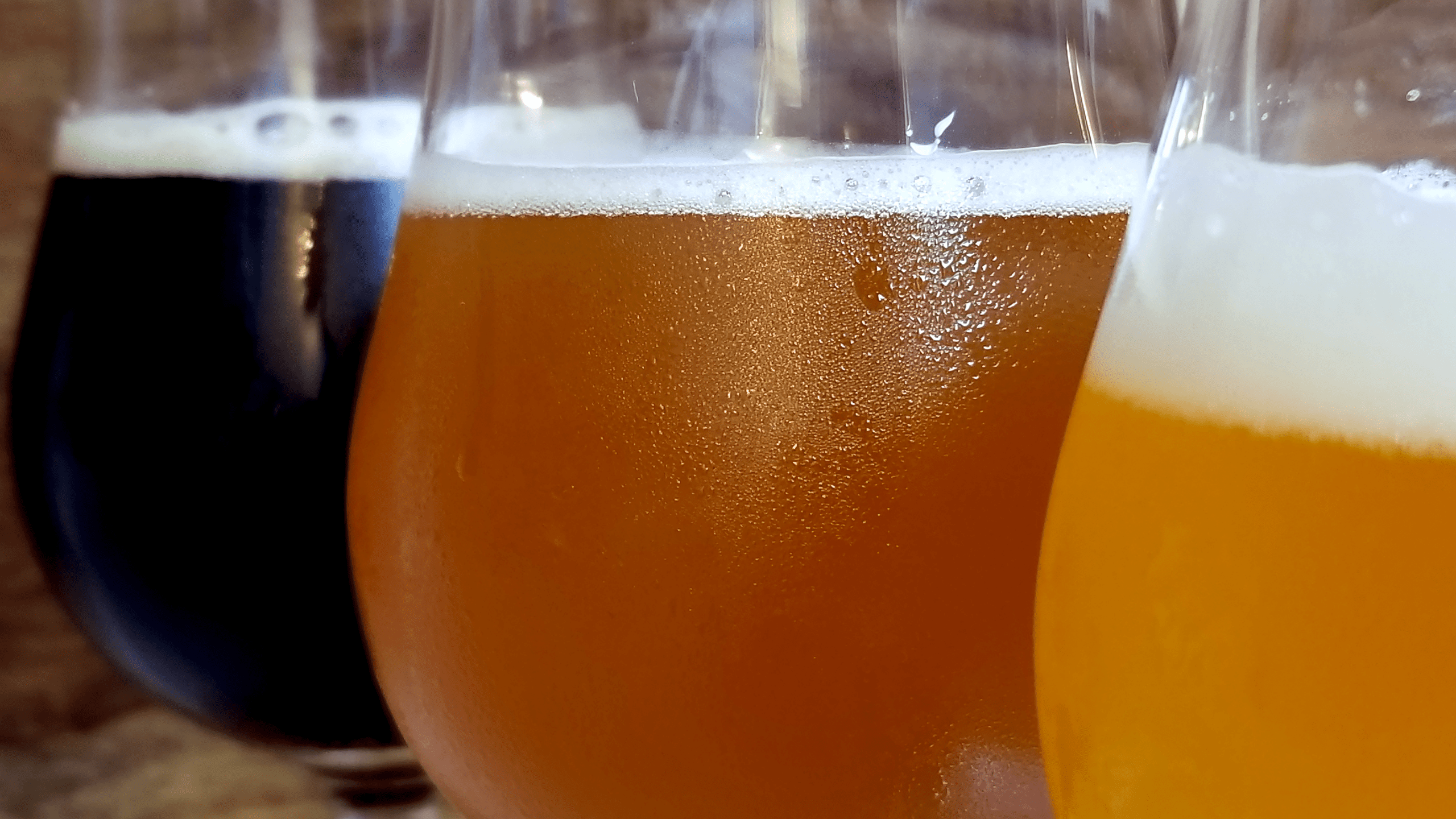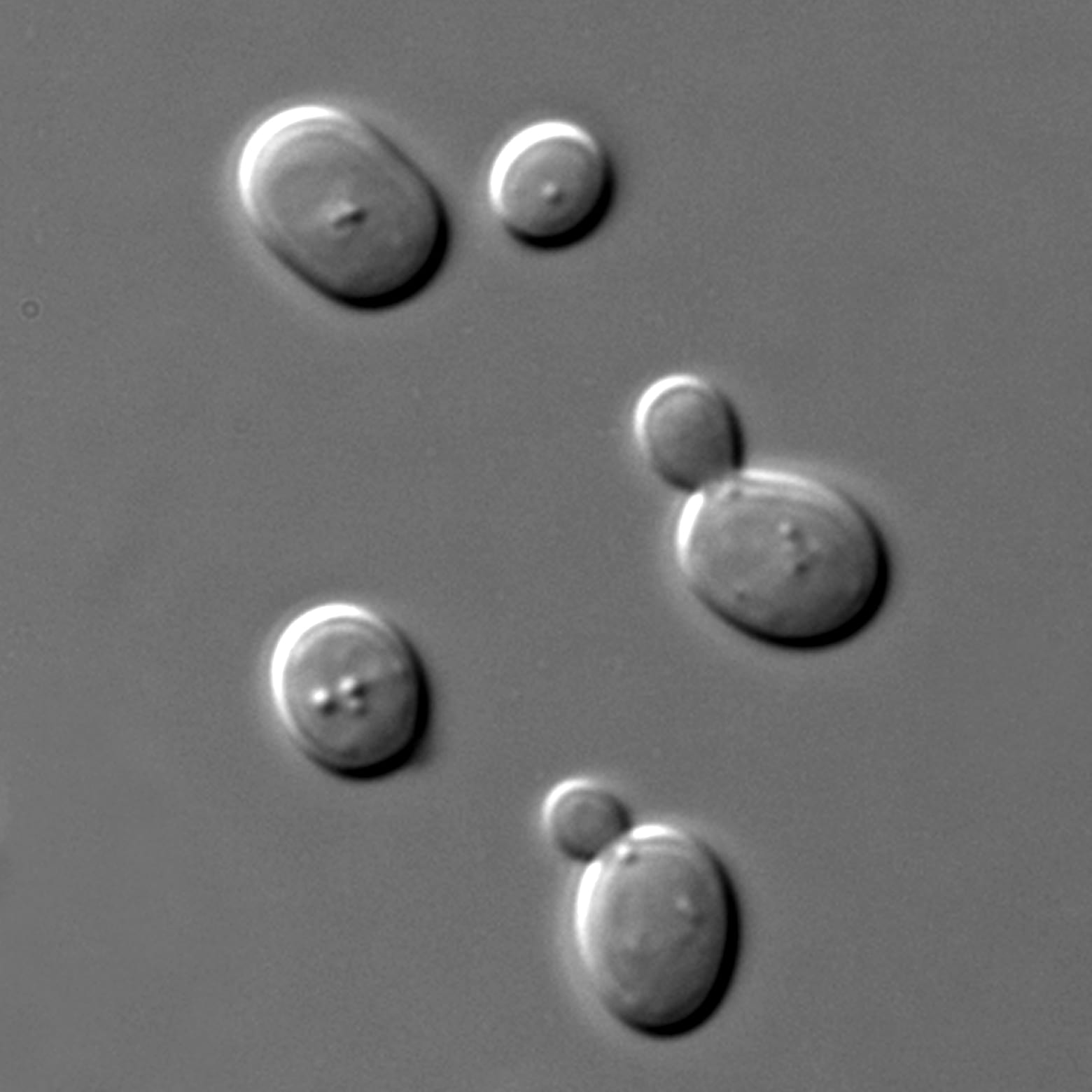Fermentation is the process in which sugar is consumed by microbes and converted into another chemical. In the case of brewer's yeast (Saccharomyces cerevisiae), the fungus responsible for nearly all alcoholic beverages, sugar is eaten and converted to alcohol, phenols, and esters. Other fungi and bacteria have been in use for centuries, but their use in the American craft beer scene has only recently risen due to the increased popularity of sour beers. These mixed fermentation microbes are primarily used in producing sour beers, whereas beer made with brewer's yeast are typically referred to as “cleanâ€, but more on those in another blog.

Yeast mainly affects the aroma and sweetness of beers. Sweetness is determined by a strain's ability to attenuate, or convert sugars into alcohol. If a yeast strain is said to have low attenuation, it leaves more residual sugar after fermentation is complete, resulting in a robust body and thicker mouthfeel, while high attenuation leaves the beer with fewer residual sugars, providing a thinner body and drier mouthfeel. Styles brewed with low attenuating yeasts, such as many stouts, Belgian styles, and German Hefeweissen, are known for their sweet flavors and fruity aromas which can be accentuated by the water profile.
The esters and phenols produced during fermentation are most responsible for the aroma of each style, with the exception of some hoppy beers (more on hops here). Esters are produced when acids naturally present in wort (sugar water from mashing malt) react with the alcohol produced during fermentation and are responsible for flavors and aromas such as banana, pear, apple, honey, and even butter. Yes that's right, butter is a flavor found in some beer styles such as Scottish Ales. Phenols are less desirable in most beer styles, but should be a dominant aroma in many Belgian styles and wheat beers. Phenols often impart a spicey, clove-like aroma that most people would recognize from beer styles such as tripels or witbier. The intensity of these flavors and aromas from both esters and phenols vary greatly depending on fermentation temperature, wort sugar levels, and the yeast strain used.

Today, there are hundreds of strains available to brew every possible style of beer. The origin of some of these strains dates back to as early as the year 1040 at Weihenstephan Abbey in Germany. Many breweries throughout Europe, and more recently America, have developed their own unique strains that incorporate the tastes and preferences of the people that inhabit that region, providing these strains with the ability to impart an ultra local flavor into any beer made with them.
Here in Athens, we have an entire brewery and research lab dedicated to local yeasts and expert fermentation. Southern Brewing Company and the Bensasson Lab in the Plant Biology Department at UGA have partnered up in bringing new yeast strains found on local plants into the industry. Southern Brewing has over 90 local yeast strains cultured in their yeast bank including a rarely used yeast called Lachancea thermotolerans, cultured from native azalea plants found on their 15 acre property just outside of downtown Athens, which they use to make their Wild Azalea Saison. Head brewer, Mark Mooney, explained, “Georgia can't really grow hops or grains particularly well, so yeast is really our best option [to provide a more local flavor].†Their Cherokee Rose Wild Ale is brewed with yeast isolated from local dogwood trees and coming later this year Southern Brewing Company will release a special beer which they have given the working name “15 Acresâ€. Jon Doss, head of Southern Brewing's barrel program, said “This is a special, blended, lambic style beer which we've been working on for the past three years. This is about as ‘Athens' as a beer can be.†Each batch has been spontaneously fermented by allowing the beer to sit exposed to the open Athens air until the naturally present microbes take hold and fermentation begins, known as koelschip (pronounced cool-ship) fermentation. The beer is then aged in a variety of oak barrels until it is ready to be blended and bottled. It is ultra-local flavors like those found at Southern Brewing Company that have helped drive the creation of new beer styles and helped distinguish craft breweries from their big beer competitors.
From water to grain, hops, and now microbes, we've now covered all of the basic ingredients required to make the world's most beloved beverage. So get out there, try a new brew and appreciate the scientific miracle that is beer!
About the Author
 Mason McNair is studying speciation, hybridization, and evolution of pitcher plants in the Leebens-Mack lab. He enjoys teaching, most nerdy thing (video games, anime, board games), and brewing beer and cider. More from Mason McNair.
Mason McNair is studying speciation, hybridization, and evolution of pitcher plants in the Leebens-Mack lab. He enjoys teaching, most nerdy thing (video games, anime, board games), and brewing beer and cider. More from Mason McNair.
About the Author
- athenssciencecafehttps://athensscienceobserver.com/author/athenssciencecafe/April 17, 2020
- athenssciencecafehttps://athensscienceobserver.com/author/athenssciencecafe/April 12, 2020
- athenssciencecafehttps://athensscienceobserver.com/author/athenssciencecafe/April 3, 2020
- athenssciencecafehttps://athensscienceobserver.com/author/athenssciencecafe/March 30, 2020







